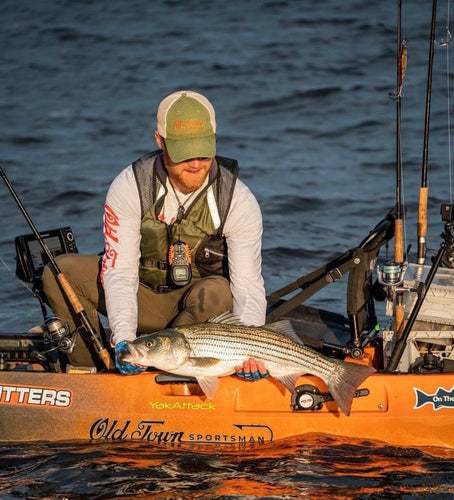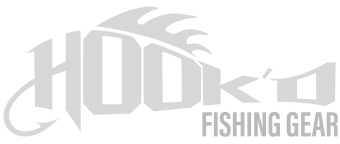How to read the Water and its Structures – By Eddie Maley

Knowing structure is an important and possibly a top priority to catching more fish. If you look at boat captains and fisherman, they mark structure with coordinates to put them on fish, whether it is a wreck, rock pile or edge of a major drop of depth. Fish hold and feed in these areas. What’s interesting about fishing from the surf is you could have hard structures like rocks and jetties or soft structure such as sand beaches. If you fish sand beaches like myself, you’ll see the structure is not quite the same week to week.
With each storm that comes through, everything could change and will be completely different once it’s passed. This is where reading the water is critical. You need to pay close attention to the major currents and subtle movements of the water. Watch for it flowing off of a sandbar into a hole or cut created as the sand is being replaced. Sharp drops and rip current areas created are your best chances to place a bait for hungry fish waiting for their next meal to come. The challenging part for soft structure is it’s not the same every day.
One of the best practices I have been taught is to survey your beach at its lowest tide. Walk out on the bars and look at the cuts and little pools of water sitting there. Most likely where you are standing fish will be feeding 6 hours later or so. So take notes of where these spots are. Mark them if you have to and when the tide fills in make sure to place a bait in that drop or cut and see if pays off, I think it will. Tight lines!
Tags
fishing
fishing tips
shore fishing
surfcaster
surfcasting




